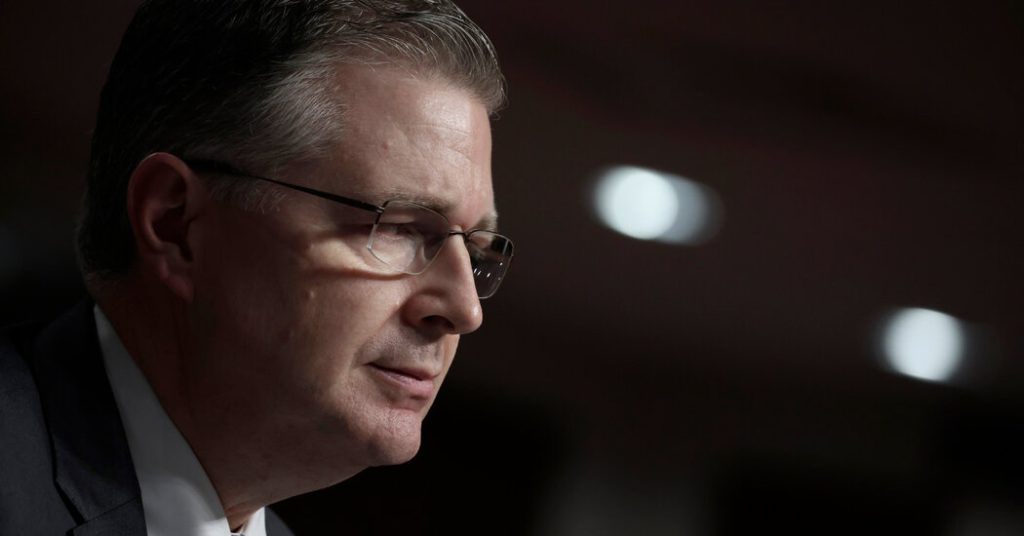The top U.S. diplomat for East Asia, Daniel J. Kritenbrink, will be traveling to China with Sarah Beran, President Biden’s top China adviser, as part of ongoing efforts to maintain open lines of communication and responsibly manage competition in the region. This comes shortly after President Biden met with the leaders of Japan and the Philippines in Washington to counter China’s aggression in the Indo-Pacific region. The three-day state visit by Prime Minister Fumio Kishida of Japan included a first-ever three-way summit with President Ferdinand Marcos Jr. of the Philippines, who has borne the brunt of China’s intimidation campaign in the South China Sea.
Tensions between China and the United States have escalated recently due to concerns that China may initiate a conflict over Taiwan and the United States’ treaty obligations to defend the Philippines. In a meeting at the State Department, Philippines Foreign Secretary Enrique Manalo expressed concern over China’s escalation of harassment, which recently resulted in injuries to Filipino seamen. The meeting also included top U.S. officials such as Secretary of State Antony J. Blinken, Secretary of Defense Lloyd J. Austin III, and National Security Adviser Jake Sullivan, highlighting the importance of addressing China’s aggression in the region.
Japan has been moving closer to the United States in countering China by increasing military spending and aligning with Washington on global diplomatic issues, such as supporting Ukraine in its conflict with Russia. Meanwhile, China has been reaffirming its ties with Russia, further complicating the geopolitical landscape. The visit by Kritenbrink and Beran to China aims to continue the dialogue between the two countries and to navigate the complex competition in the region as both sides vie for influence and power.
The last high-level U.S. official to visit China was Treasury Secretary Janet L. Yellen, whose economic meetings in Beijing this month did not yield significant outcomes. These diplomatic exchanges and visits come at a time of heightened tensions between the United States and China, with both countries engaged in a competition for influence in the Indo-Pacific region. The Biden administration has reaffirmed its commitment to the defense of Japan and the Philippines, emphasizing the importance of standing together to ensure peace and security in the region.
As China’s actions in the Indo-Pacific region continue to raise concerns among neighboring countries, the United States is stepping up its diplomatic efforts to counter China’s aggression and protect its allies in the region. The meetings and visits by top U.S. officials reflect a strategic approach to managing competition with China while maintaining open lines of communication. By forging alliances and standing together with allies like Japan and the Philippines, the United States aims to maintain stability and security in the Indo-Pacific region and push back against China’s assertive behavior.
President Biden emphasized the importance of unity and cooperation among the United States, Japan, and the Philippines to forge a better peace for all in the region. With China’s increasing assertiveness and aggression, it is crucial for like-minded countries to work together to address common challenges and ensure the security and prosperity of the region. The diplomatic efforts and engagements between the United States and its allies underscore the commitment to upholding a rules-based international order and countering threats to regional stability posed by China’s actions in the Indo-Pacific.















